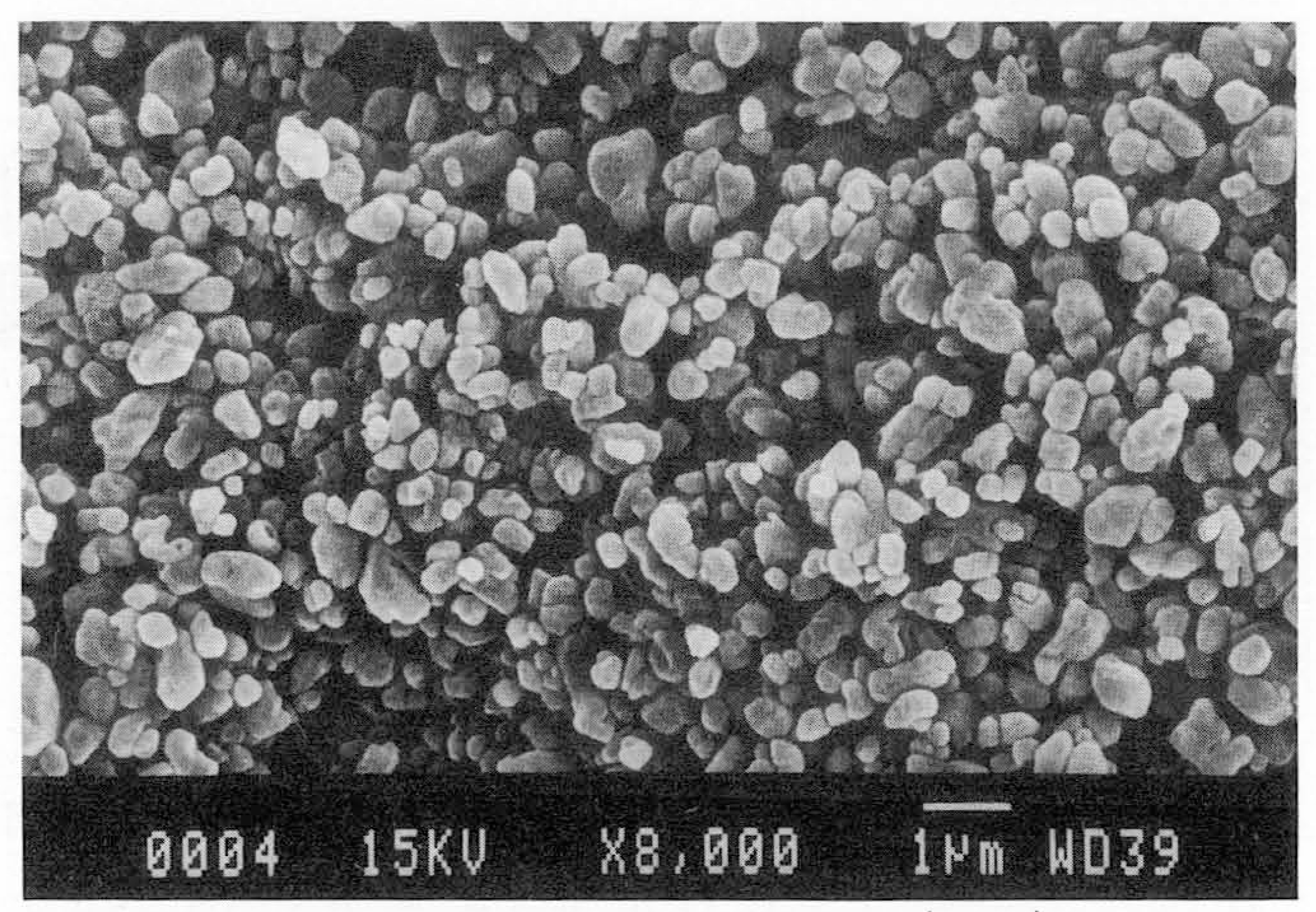Abstract
Purpose:
To qualitatively analyse barium coating status in the intestinal mucosa, we used scanning electron microscopy to observe barium particles coated in the small intestinal mucosa of rabbit, and we attempted to assess the relationship between electron microscopic findings and radiographic densities.
Materials and Methods:
Six different combinations of barium and methylcellulose suspensions were infused into the resected small intestines of 15 rabbits. Barium powders were mixed with water to make 40% and 70% w/v barium solutions, and also mixed with 0.5% methylcellulose solution to make 40% and 70% w/v barium-methylcellulose mixtures. 0.5% methylcellulose solutions were used as a double contrast agent. After the infusion of barium suspensions, a mammography unit was used to obtain radiographs of the small intestine, and their optical densities were measured by a densitometer. Thereafter, photographs of barium-coated small intestinal mucosa were obtained using a scanning electron microscope(X 8,000), and the number of barium particles in the unit area were measured. To compare the relationship between the electron microscopic findings and optical densities, statistical analysis using Spearman correlation was performed.
Go to : 
REFERENCES
1.Maglinte DDT., Lappas JC., Kelvin FM., Rex D., Chernish SM. Small bowel radiography: how, when, and why? Radiology. 1987. 163:297–305.

3.Klein HM., Gunther RW. Double contrast small bowel follow-through with an acid-resistant effervescent agent. Invest Radiol. 1993. 7:581–585.

4.Fitch D. The small bowel see-through: an improved method of radiographic small-bowel visualization. Can J Med Radiat Technol. 1995. 26:167–171.
5.Skucas J. Contrast media. In Gore RM, Levine MS, Laufer I, eds. Textbook of Gastrointestinal Radiology. Philadelphia: Saunders. 1994. 17–30.
6.Salomonᄋwitz E., Frick MP., Cragg AH., Lund G. The adhesiometer: a simple device to measure adherence of barium sulfate to intestinal mucosa. AJR. 1984. 142:721–723.
7.서태석, 이동호, 고영태, 임주원, 한태일, 김형중. 이중조영바륨관장검사에서바륨현탁액의대장점막도포정도: 증류수와생리식염수제재의비교. 대한방사선의학희지. 1997. 36:1029–1032.
8.Antes G., Lissner J. Double-contrast small-bowel examination with barium and methylcellulose. Radiology. 1983. 148:37–40.

9.Ott DJ., Chen YM., Gelfand DW., Swearingen FV., Munitz HA. Detailed per-oral small bowel examination vs. enteroclysis. Radiology. 1985. 155:29–34.
10.Phillips JK., Scott RL., Nicell DT. The magic tilt method of tubeless enteroclysis: a modification to the gas-enhanced barium small-bowel examination. AJR. 1996. 166:358–359.

11.Herlinger H. Small bowel. In Laufer I, Levine MS, eds. Double contrast gastrointestinal radiology. 2nd ed.Philadelphia: Saunders;1992. p. 363–422.
12.Desaga JF. Visualization of the mucosal villi on double-contrast barium studies of the small intestine by using a high molecular fraction of guaran. Gastrointest Radiol. 1989. 14:25–30.

13.Gelfand DW., Ott DJ. Barium sulfate suspension: an evaluation of a available products. AJR. 1982. 138:935–941.
Go to : 
 | Fig. 1.Scanning electron microscopy (SEM) of barium suspension(X 8,000). Barium particles show variable size and shape, but most of them are less than 1 //m. Aggregations are rarely seen. |
 | Fig. 2.A. SEM of group 1(X 8,000). Most of barium particles are large particles, and small barium particles are rarely seen. B. Radiography of group 1. A radiograph using mammographic technique shows aggregation of barium particles with reticular appearance. C. SEM of group 2(X 8,000). Compared to Fig. 2A, the number of small barium particles are increased. D. Radiography of group 2. Similar reticular patterns are also seen as in group 1. E. SEM of group 3(X 8,000). Small barium particles are densely coated. Particles vary in size and shape, and many particles are aggregated. F. Radiography of group 3. Due to a large amount of barium particles, mucosal details are not seen at all on this very radiopaque radiograph. |
Tabel 1.
Experimental Groups and Their Electron Microscopic Findings and Optical Densities




 PDF
PDF ePub
ePub Citation
Citation Print
Print


 XML Download
XML Download